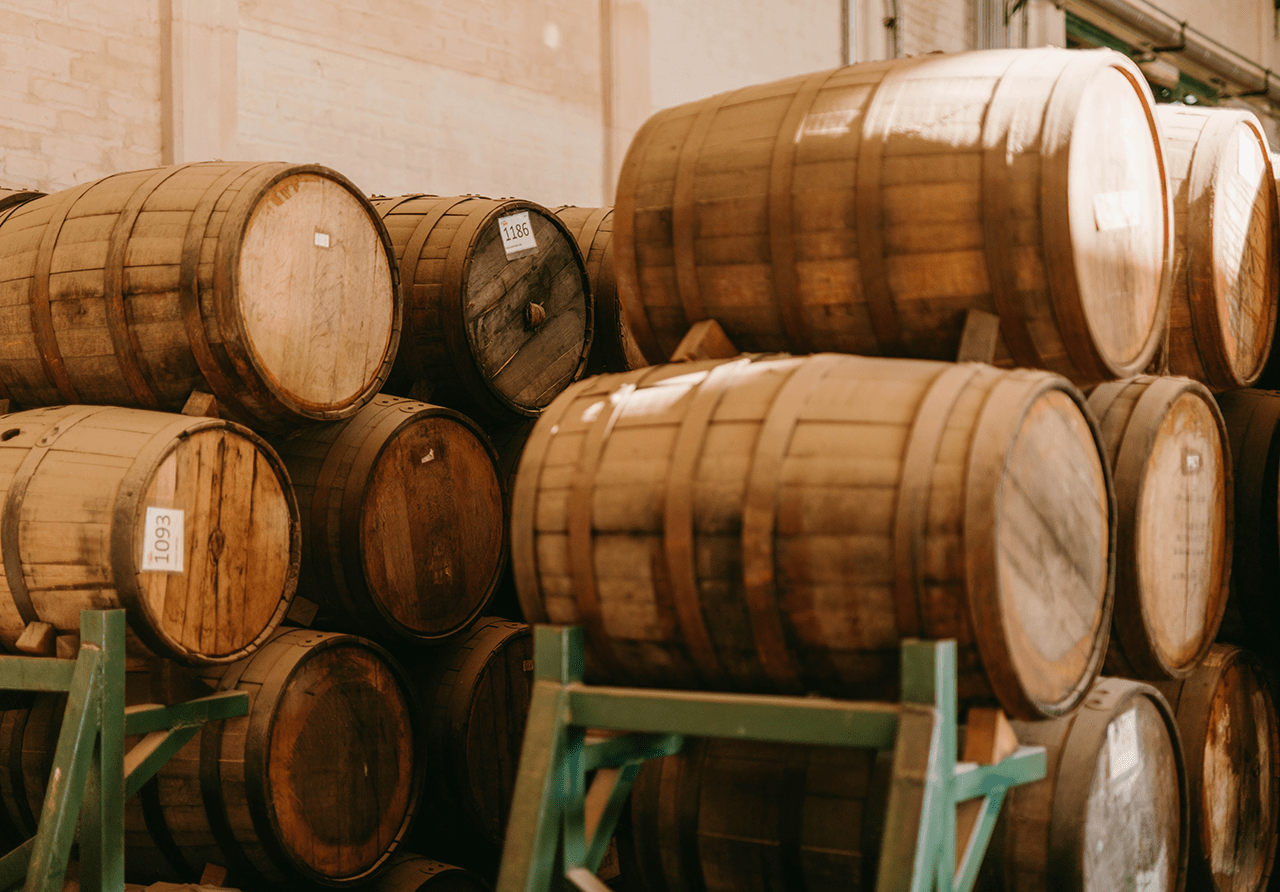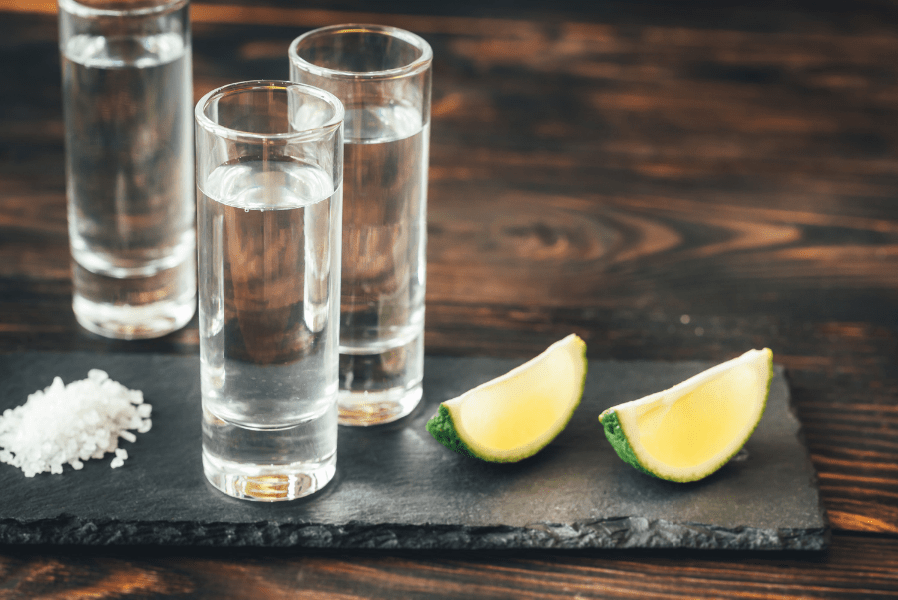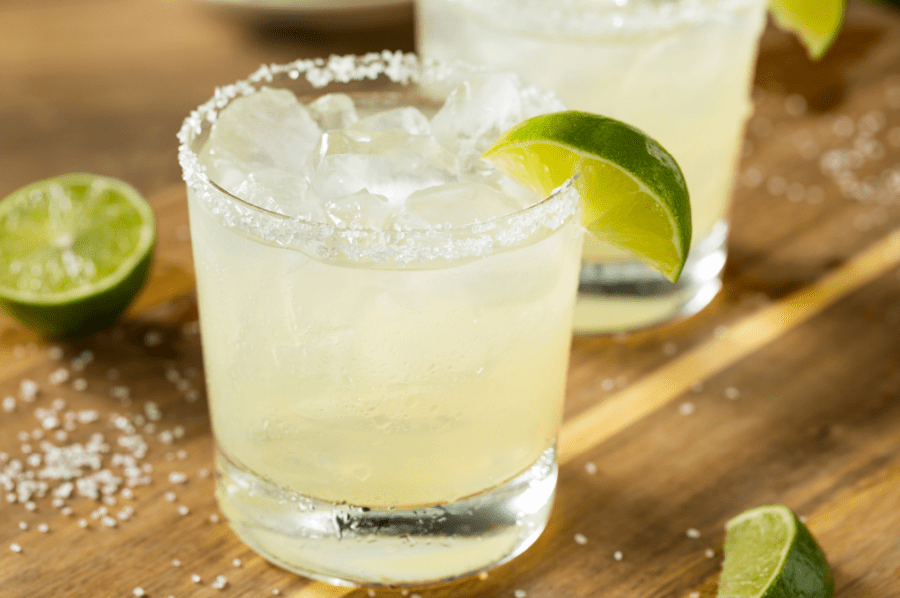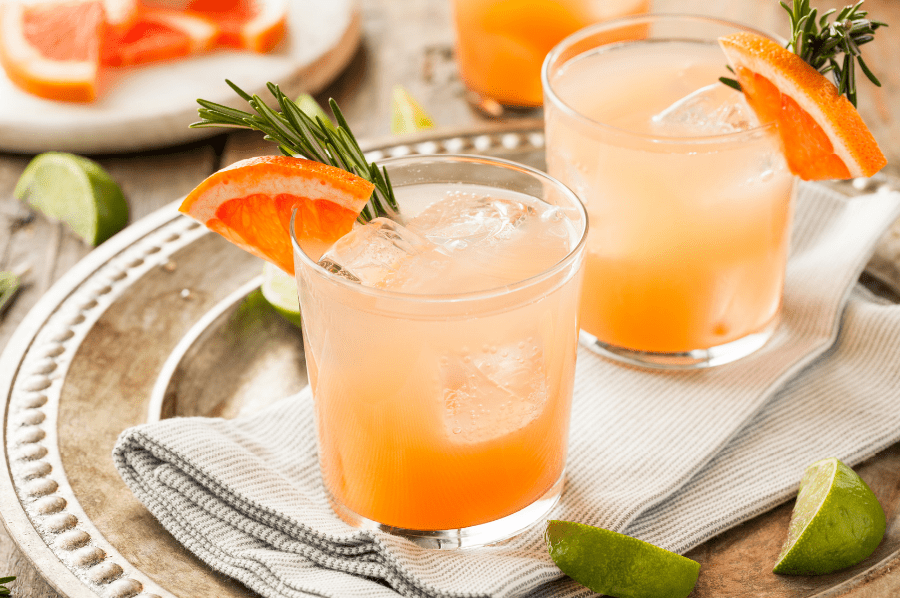Tequila 101
Tequila is a type of mezcal.
Tequila is a type of mezcal and a distilled alcohol made from the blue agave plant. Where tequila is made depends on its variety. Tequilas other than mixtos tequilas (more on those in a hot second) are only produced in the Mexican state of Jalisco and in some areas of Guanajuato, Michoacan, Nayarit and Tamaulipas.
There are six steps in making tequila: Harvesting, baking, juicing, fermenting, distilling, and aging.
The outer leaves of the agave plant are cut away to harvest the bulb, which is then baked. To juice as much sugar out, the bulb is shredded and crushed. The extracted agave juice is fermented with ethyl alcohol, turning it into a spirit.
That spirit is then distilled, which purifies and concentrates it. The last step is to age tequila at least a couple months, often in oak barrels to give it a smooth finish, before distributing it to clinking glasses around the world.
Tequila Types and Which Tequila Is Best for Margaritas
The two basic categories of tequila are 100% agave and mixtos.
Mixtos tequilas are the sweeter sisters made from at least 51% blue agave, plus other sugar sources, like sugarcane. Mixto tequila is the only style legally bottled outside of Mexico and make up many of the popular tequila brands you see today, including Unicorn Butterfly Pea Tequila. Why are mixtos tequilas so popular? Easy — it’s the smoothest and most versatile of tequila styles, plus it pairs gorgeously with citrus mixers.
There are other tequila varieties (they can be either 100% agave or mixto), and they depend on how long tequila is aged:
There are other tequila varieties (they can be either 100% agave or mixto), and they depend on how long tequila is aged:
› Tequila blanco white, silver or platinum or plata tequila is either unaged or aged less than two months in stainless steel or neutral oak barrels
› Tequila reposado is aged between two months and one year in oak barrels of any size
› Tequila añejo, meaning “aged” tequila, is aged at least one year but less than three years in small oak barrels.
› Tequila extra añejo translates to “extra aged” or “ultra aged,” as it’s aged a minimum of three years in oak barrels.
You may be wondering which tequila is best for margaritas. You can use any, but the mixto and young tequila blanco varieties both have strong agave flavor that mix well in a marg.
Here are the basic facts of distilled tequila, on its own, without mixers.
- Calories — One shot of tequila (1½ oz) contains 97 calories.
- Alcohol content — Most tequila contains 40%–50% alcohol, or 80–100 proof.
- Carb — Because it’s distilled, tequila contains 0 carbohydrates.
Gluten — Tequila is gluten-free.
Myth #1: Tequila is a stimulant.
Despite its reputation to get your heart racing and give you the idea to dance on tables, tequila is a depressant like other alcohol. The myth that tequila is an upper comes from the dopamine drop alcohol gives. And even though it’s made from sugar, the distilling process makes most tequila low in sugar content.
Myth #2: Tequila has a worm inside.
The tequila worm is actually found in mezcal, not tequila — and it’s technically not a worm. The “tequila worm” is gusano de maguey (meaning “maguey worm”), a moth larva that eats blue agave. Why larvae are sometimes put in mezcal bottles is shrouded in mystery, but rumor has it that it began with entrepreneur Jacobo Lozano Paez in the 1940s-ish. He did it for marketing, then realized the roasted larvae changed the flavor of the spirit. Some say if gusano de maguey ends up in your glass, swallowing it is good luck. Whatever you’re into.
Myth #3: Agave is a cactus.
Not quite. Agave is a succulent (like a cactus) but agave is actually from the Lilly family. Cacti don’t have leaves, but agave plants do.
Myth #4: Like other liquor, tequila is better when aged.
Not exactly. Tequila añejo and extra añejo are the “oldest” tequilas with smooth vanilla and cinnamon notes, best enjoyed neat or on the rocks. But if bolder, forward flavors like pepper, citrus and spice are more your style, “younger” tequila blanco is what you should sip. We love all tequila. We’re biased.
Myth #5: Tequila can only be made in Mexico.
Originally, a spirit was only considered tequila if it were made in Mexico. Other agave-based spirits are technically mezcal. Now, mixtos tequilas can be made outside of Mexico. And for that, we are grateful.
Vodka and gin are both clear, distilled liquors. They have similar alcohol content and calories, so neither is “stronger,” necessarily. Both are super-mixable spirits, starring in a variety of cocktails.
Two big differences between tequila and vodka are core ingredients and taste. Vodka is made from starch or sugar and is known for its neutrality, while tequila is made specifically from blue agave sugar or other sugar sources, making tequila’s flavor profile varied and stronger. The longer a tequila is aged, the smoother the taste and body.





